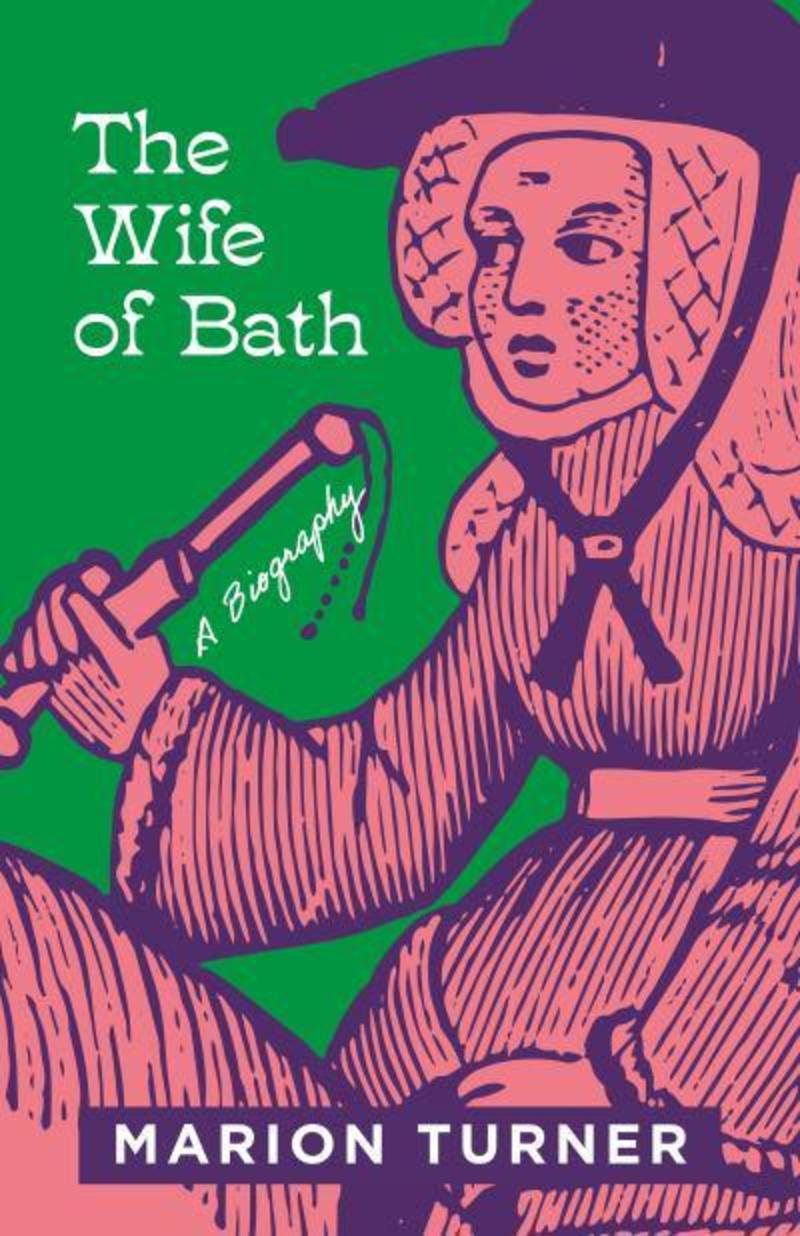How Chaucer’s medieval Wife of Bath was tamed and then liberated in the 21st century


Chaucer’s Wife of Bath is one of the most famous characters in English literature. Since appearing in the Canterbury tales in 1387, her tale has been rewritten and adapted by authors from the French philosopher Voltaire in the 18th century to the contemporary author Zadie Smith in 2021.
As I write in my book, there is something about this fictional, five-times-married, medieval woman that has taken hold of so many writers’ imaginations.
Before the Wife of Bath (whose name is Alison), women in literature were princesses, damsels-in distress, nuns and queens – or whores, witches and evil old crones. The principal source for the Wife of Bath is an old prostitute. Chaucer’s character is a middle-aged, mercantile, sexually active woman, who gives us her point of view. While she is an extraordinary figure (for her time), she is also an ordinary woman.
Across time, readers have been fascinated – and often threatened – by her. From scribes who argued against her in the margins of 15th-century manuscripts to censors who burnt ballads about her in the 17th century, there are many examples of her provoking anxiety in readers.
Many modern writers have also been drawn to her. But most of them have not been interested in her (still relevant) concern with discussing rape, domestic abuse, ageism, and the silencing of women (lines 692-696). Nor have they been interested in her humour or her self-awareness. Rather, these aspects of her have caused extreme discomfort and most authors have wanted to punish, ridicule, reduce or tame her in their own adaptations.
Sex, lies and videotapes
In 1972, the Italian filmmaker Pier Paolo Pasolini made a film of the Canterbury Tales. He focused on sex and the body, in a radically skewed interpretation of Chaucer that ignores the principle of variety that underpins the original text. For Pasolini, the Wife of Bath, as an older, sexually-active woman, is an abomination.
In his version, sex with her literally causes her fourth husband’s death. Her fifth husband is sexually uninterested in her. The episode ends with her biting his nose, a symbol of castration.
Out of all of the hundreds of responses to the Wife of Bath across time that I have come across, this one is perhaps the most disturbing, demonstrating extreme discomfort with the idea of a confident, middle-aged woman.
In the same decade, the British author Vera Chapman also created a new version of the Wife of Bath. This female-authored version is notably sympathetic. In Chapman’s novel, Alison is kind and considerate, even refusing advantageous marriage offers if she thinks the man might regret it.
But in order to make the Wife of Bath sympathetic, Chapman also makes her far more conventional. She becomes a damsel in distress, twice saved from rape by the intervention of chivalrous men. Chapman also turns her into a loving mother, giving her several children.
These adaptations show that the kind of woman Chaucer wrote was not seen as a viable heroine in the 1970s – she had to be tamed and made to fit into disturbingly narrow stereotypes.
From Molly Bloom to #Metoo
Somewhat similarly, the poet Ted Hughes celebrates and reduces the Wife of Bath. In his poem, Chaucer, Hughes writes that the poet Sylvia Plath recites the Wife of Bath’s Prologue out of pure enjoyment and love of Chaucer. He tells us that the Wife is Plath’s “favourite character in all literature”.
Both women embody certain positive characteristics – they are articulate, desirable, and confident. However, they also talk endlessly, listened to only by cows. Ultimately, Plath and Alison need to be rescued by a strong man (Hughes himself) as she too becomes a damsel in distress, unable to look after herself, and reliant on male strength and decisiveness.
This desire to reduce the Wife of Bath to something more generic is also evident earlier in the century.
James Joyce’s Molly Bloom in Ulysses is a reincarnation of Alison of Bath, as other critics have noted. However, Joyce’s focus on women as “the flesh that always affirms’” runs counter to the Wife of Bath’s interrogation of the misogynist idea that women are unintellectual. The Wife of Bath’s knowledge of the Bible and skill at argument are not paralleled in Joyce’s version, as he creates a simpler, more stereotyped and essentialised version of womanhood.
In the 21st century, many women writers, including Caroline Bergvall, Patience Agbabi and Jean “Binta” Breeze, have taken on the Wife of Bath and embraced her complexities.
Zadie Smith’s Wife of Willesden transports her to contemporary north-west London, where she becomes Alvita. Although the text is ostentatiously of the present moment, with its references to #MeToo, Jordan Peterson and Beyoncé, it closely follows Chaucer’s text.
Alvita, like Alison, is complex, neither monstrous nor blameless. Alison’s searing indictments of rape culture, of the power of hate-filled misogynist books, and of the structural silencing of women in her world are re-voiced as Smith emphasises their ongoing relevance in the 21st century.
The history of feminism is not straightforward – some things get worse over time, not better. It is only in very recent years that new adaptations are no longer less progressive than the original. Despite all the attempts to silence and humiliate her, nevertheless, the Wife of Bath persisted and her voice is now louder than ever before.
![]()
Marion Turner, J.R.R Tolkien Professor of English Literature and Language, University of Oxford
This article is republished from The Conversation under a Creative Commons license. Read the original article.



